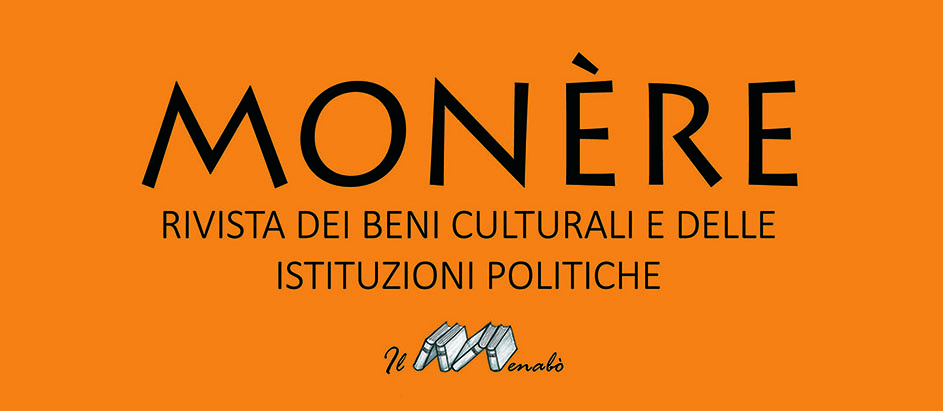La chiesa di San Rufo Martire
The book edited by Giuseppe Venditto tells of the transcription of an official and important document, written in the XVIII century by the parish priest Nicola Iannelli, for the history of the church of San Rufo Martire. The Church is an interesting architectural testimony, the date of foundation is not known but the original structure can be traced back to the century. XI, with a single nave, the central one, only during the sec. XVI-XVIII the side chapels were added, two on the right side and one on the left side. At the XVIII century dates back to the building of the coven and the bell tower.
Irene Savinelli
The Bernardino Telesio’s Complex, dating back to the end of the sixteenth century, is of particular importance for the historical and constructive evolution of the city of Cosenza. It represents a palimpsest in which numerous functions came in succession over the centuries. In fact, the ancient church of the Gesù designed by the Jesuit Fathers Provedi and De Rosis was transformed, in the early nineteenth century following the expulsion of the Jesuits according to the will of Pope Clement XIV, in the Napoleonic College of Education. In 1819 the Borbone’s government decreed the construction of a theatre on the same site and it was inaugurated in 1826. Then the complex was transformed in the aftermath of the unification of Italy into Liceo Ginnasio, a function that it still maintains. The complex historical events that characterized the Bernardino Telesio’s building find correspondence in the various construction techniques, analysed in the contribution, used for the execution of transformations and expansion works. The building, therefore, represents a paradigm for the stratifications that distinguish the historic centre of Cosenza and provides a valuable contribution in the interpretation of the advancement of knowledge around the construction in the South of Italy.
Nicola Ruggieri, Davide Serra
Paper focuses on the 18th-century project by the architect Giovanni Maria Galli Bibiena the Younger (1694-1777) for the Sansevero Palace in Naples. Giovanni Maria, second-born son of the famous set designer Ferdinando Galli Bibiena, worked in the Kingdom of Naples since 1743 as set designer, architect and professor of architecture during the Charles and Ferdinand IV of Bourbon eras. Unpublished documents have helped to discover the Neapolitan works of Giovanni Maria and his important clients in the city, such as the Pignatelli family and the Prince of Sansevero, Raimondo di Sangro. In particular, he was «Architetto della Casa» Sansevero for several years and supervisor of the restyling project of the palace in San Domenico Maggiore Square since 1760. The Sansevero Palace, built in the early years of the 16th century by the architect Giovanni Merliano from Nola, was radically remade by Bibiena since the second half of the 18th century. Thanks to the study of important documentary sources it has been possible to recreate the original project, based on restyling stables, garages, atrium, grand staircase and the Prince apartment.
Ilaria Pontillo



